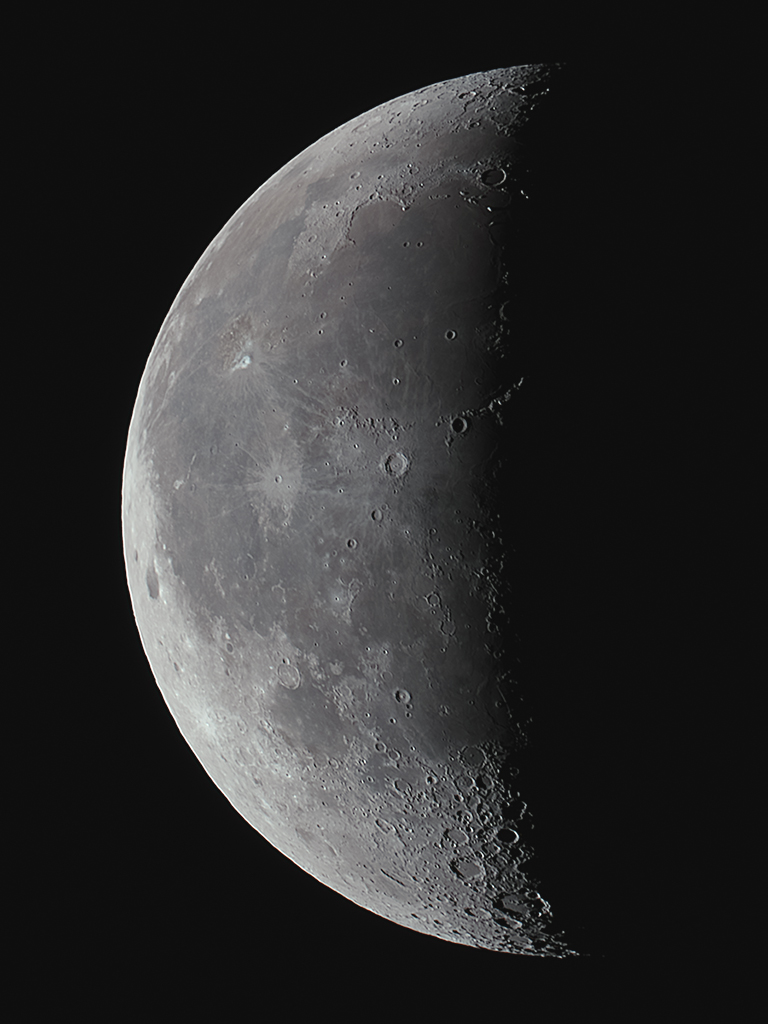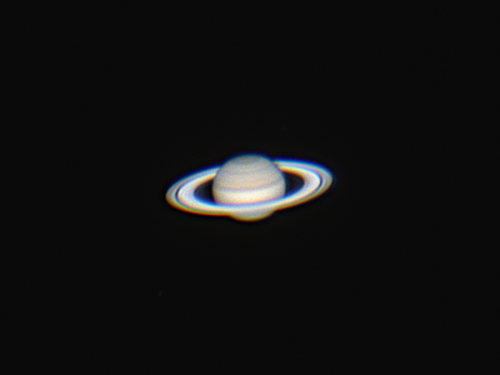
Telescope: Astro-Tech RC8 @ f/8, Orion Atlas EQ-G
Camera: Canon EOS Ra, Baader Mk III MPCC
Filter: Orion Imaging Skyglow Filter
Exposure: 64×1/250 sec, ISO 800, saved as RAW
Seeing: Fair, 3/5
White Balance: Nebulosity Automatic
Software: Backyard EOS, Autostakkert, Registax, Nebulosity, Photoshop
This was a quick peek at the moon taken right before covering my gear after a long night of imaging. The setting sun is catching the western face of The Straight Wall and casting long shadows across the floor of Plato.









Recent Comments